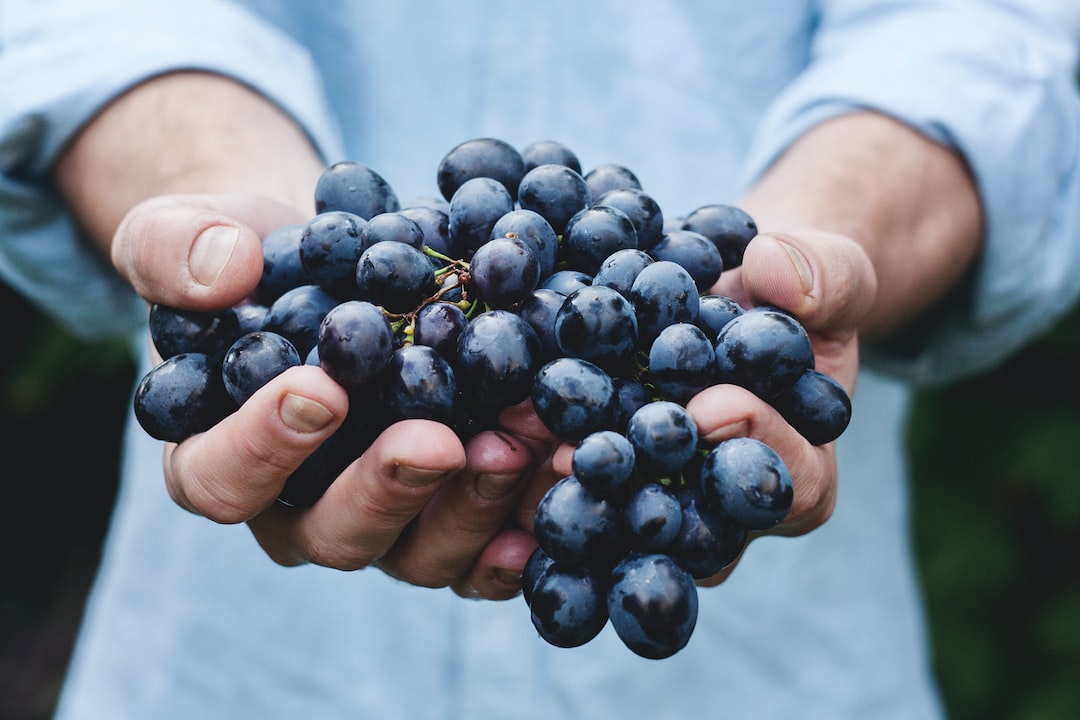
Identifying Aromas in Wine Tasting
Share
Unlock the secrets of identifying aromas in wine tasting with our expert guide and elevate your wine experience today! Wine tasting is an art form that involves a deep understanding of the various elements that contribute to a wine's profile, including its aromas. Aromas in wine can tell you a lot about its character, origin, and even how it was made. This guide will walk you through the complex world of wine aromas, offering tips and techniques to enhance your ability to identify and appreciate the subtle nuances that make each wine unique.
The Importance of Aromas in Wine Tasting
Wine aromas are integral to the overall tasting experience. They can evoke memories, emotions, and even transport you to different places. Before a wine even touches your lips, its aroma can begin to tell its story, hinting at the grape variety, the terroir it comes from, and the winemaking techniques used. Understanding and identifying these aromas can greatly enhance your appreciation and enjoyment of wine.
The Science Behind Wine Aromas
Wine aromas are the result of complex chemical reactions that occur during the fermentation and aging processes. These reactions produce aromatic compounds known as esters, terpenes, and thiols, among others. Each grape variety has its own unique set of potential aromas, which can be influenced by factors such as soil type, climate, and winemaking practices.
Training Your Nose
Training your nose to identify different aromas in wine is similar to developing any other skill: it requires practice, patience, and a bit of guidance. Start by smelling everyday items like fruits, spices, and flowers to build your olfactory memory. This will make it easier to recognize these aromas when you encounter them in wine.
Basic Aromas in Wine
Identifying aromas in wine can be daunting at first, but it helps to start with some basic categories. These categories can be broadly divided into three groups: primary, secondary, and tertiary aromas.
Primary Aromas
Primary aromas are derived directly from the grape variety and include fruit, floral, and herbal notes. For example, Sauvignon Blanc is often associated with aromas of green apple, grass, and citrus, while Pinot Noir may exhibit cherry, raspberry, and rose.
Secondary Aromas
Secondary aromas result from the winemaking process, particularly fermentation. These can include yeast-derived aromas such as bread, beer, or yogurt. The use of oak barrels can also introduce secondary aromas like vanilla, toast, and coconut.
Tertiary Aromas
Tertiary aromas develop as the wine ages, either in the bottle or in the barrel. These complex aromas can include notes of tobacco, leather, mushroom, and dried fruits. Tertiary aromas add depth and complexity to a wine, often indicating a higher quality and ageability.
Advanced Techniques for Identifying Aromas
Once you've familiarized yourself with the basic aroma categories, you can start to refine your skills with more advanced techniques.
The Use of Aroma Wheels
An aroma wheel is a valuable tool for both beginners and experienced wine tasters. It helps to categorize and identify aromas by providing a visual representation of the various aroma categories and their subcategories. Using an aroma wheel during your tasting sessions can guide your nose and help you articulate what you're smelling.
Blind Tasting Exercises
Blind tasting is a practice where the taster is unaware of the wine's identity. This technique forces you to rely solely on your senses, eliminating any preconceived notions about the wine. Blind tasting can be a fun and effective way to sharpen your aroma identification skills.
Pairing Food and Wine Based on Aromas
Understanding wine aromas can also enhance your ability to pair wine with food. Certain aromas in wine can complement or contrast with flavors in food, creating a more harmonious dining experience.
Complementary Pairings
Complementary pairings involve matching similar aromas and flavors in both the wine and the food. For example, a Chardonnay with buttery and oaky aromas might pair well with a creamy pasta dish.
Contrast Pairings
Contrast pairings focus on combining opposing aromas and flavors to create balance. A sweet Riesling with floral and fruity aromas can beautifully offset the spiciness of Asian cuisine.
The Role of Glassware in Aroma Detection
The type of glassware you use can significantly affect your ability to detect aromas in wine. Glasses designed for specific wine types can enhance the wine's aromatic profile, making it easier to identify individual aromas.
Choosing the Right Glass
Different shapes and sizes of wine glasses are designed to highlight the unique characteristics of various wine styles. For example, red wines benefit from larger bowls that allow more surface area for the aromas to develop, while white wines are often served in glasses with narrower bowls to concentrate the aromas.
The Impact of Glass Quality
The quality of the glassware can also influence your tasting experience. High-quality, thin-rimmed glasses can provide a better flow of wine and a more direct delivery of aromas, enhancing your ability to identify them.
Continuing Your Aroma Journey
Identifying aromas in wine is a lifelong journey that can continually enhance your enjoyment and understanding of wine. The more you taste and the more you learn, the more nuanced your palate will become.
Keeping a Tasting Journal
Documenting your tasting experiences in a journal can help you track your progress and remember specific wines and their aromas. Over time, you'll be able to look back and see how your ability to identify aromas has evolved.
Joining Wine Tasting Groups
Joining a wine tasting group or attending wine tasting events can provide opportunities to taste a wider variety of wines and learn from the experiences of others. Sharing insights and discussing aromas with fellow wine enthusiasts can deepen your understanding and appreciation of wine.
In conclusion, identifying aromas in wine tasting is a skill that enhances the overall wine experience, offering a deeper connection to each glass. By understanding the basics, practicing advanced techniques, and continuously seeking new experiences, you can unlock the full aromatic potential of wine. Whether you're a novice or an experienced taster, there's always more to discover in the world of wine aromas. Explore our other articles for more insights into the wine tasting world, such as Advanced Wine Tasting Techniques Explained, How to Choose the Right Red Wine, and Understanding the Wine Regions of Argentina.



